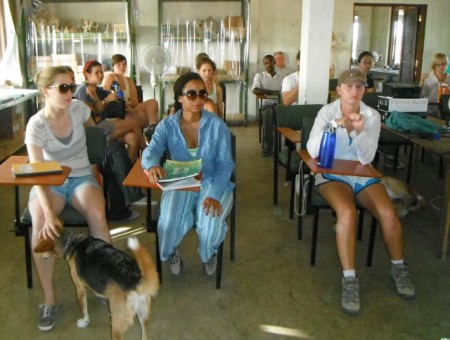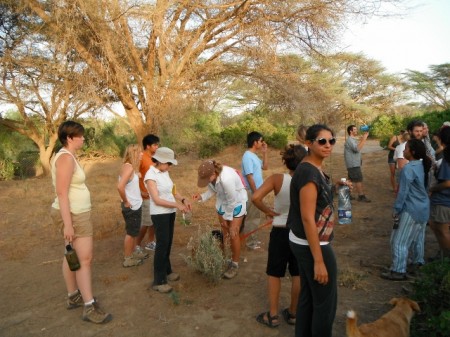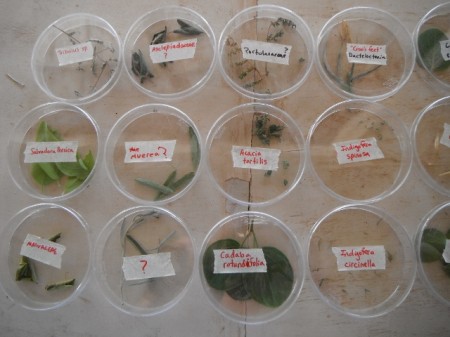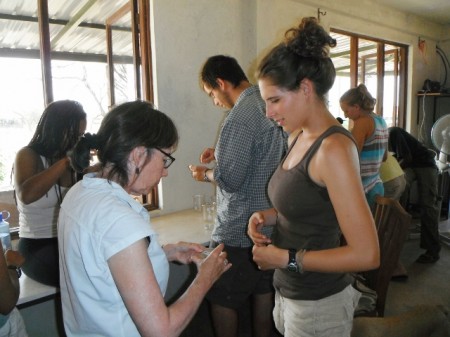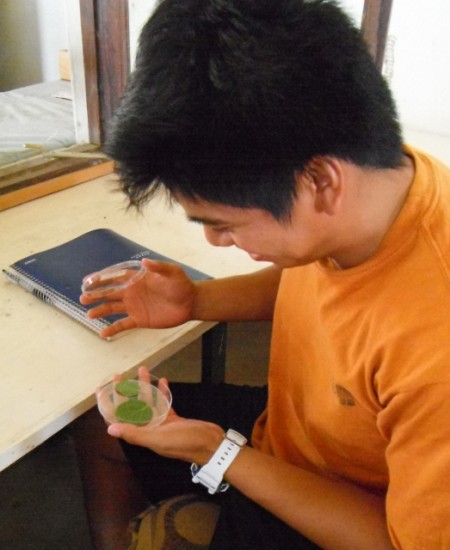This week, students will be learning al about the differences among living plants and their adaptations. Did you know that there are many more plants with toothed leaves in colder climates and that most leaves of plants in warm and wet climates have smooth edges? There is a higher rate of photosynthesis in the spiky or tooth-like protrusions which benefits those plants that throw off their leaves in winter (they have less time to make energy).
Students will also learn about plants from the past. Even though many plants have not changed too much, their distribution on the planet has. Therefore fossil plants, including leaves, flowers, stems, and pollen, can tell us a lot about past climate, and the effects of climate change.
On Monday students went on a walk around the TBI compound to collect leaves of the different plants, that they later described, and looked at under the microscope.

